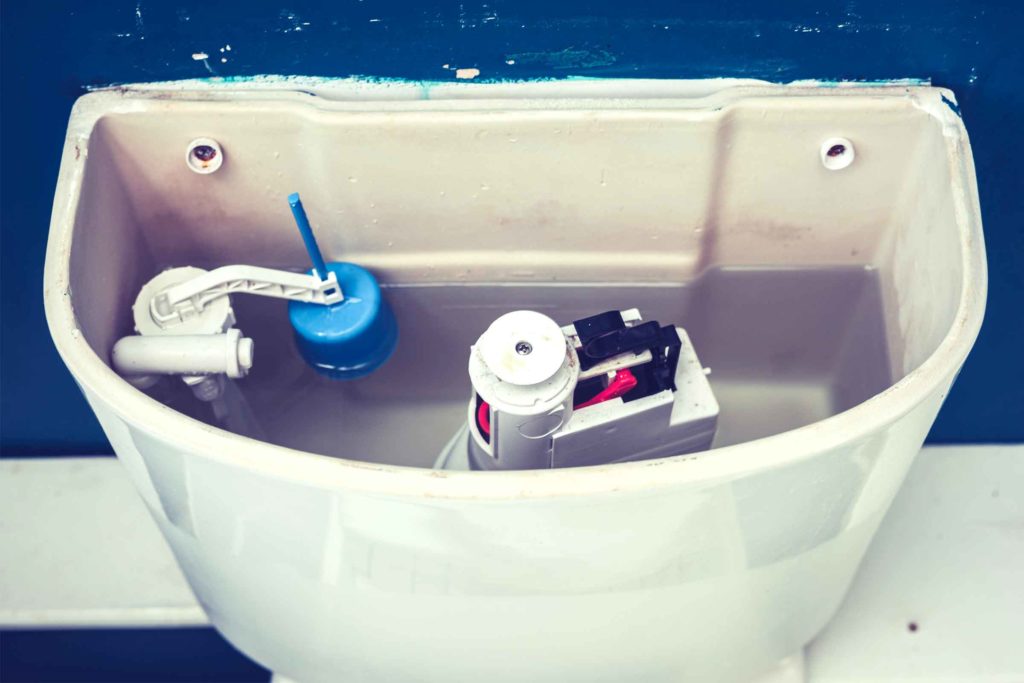Plumbing Industry: An In-depth Look at Its Evolution
Every other day, we flush our toilets, run water in bathtubs and sinks but we don’t take time to think about plumbing systems. Plumbing is one of the essential systems in homes and offices around the world. A question many people would ask is why it was developed. The first thing you need to know about the evolution of plumbing is that plumbing evolved due to need. As the saying goes, “necessity is the mother of invention”. Therefore, the first thing you need to know is that the need for proper sanitation gave rise to the evolution of plumbing in homes and offices to the kind of systems we have today.
Plumbing is a system that existed for many years although modern plumbing was invented in the 19th century. Ancient plumbing is believed to have existed from the ancient Greek, Roman and Chinese empires around 4000 B.C following the discovery of what is believed to be the first copper pipes in India. Although there have been progressive improvements to the systems from the past to what exists today, the basics are still the same. The first complex plumbing system was constructed in Rome in the 1940s and was made of a simple piping system which was designed to move domestic waste from the peoples’ residence.
The first complex plumbing pipes were made of simple materials such as tar paper although the most common pipes were made from concrete. At some point, the plumbing pipes were made of quest materials which were essentially polybutylene. These early plumbing pipes were not very durable as their likelihood of leaking was very high. The King of Crete, Minos is credited with the development of the first toilet with the flushing system in the 18th century. Although many history books have attributed the first toilet with Thomas Crapper whose only contribution was owning the first successful plumbing company in the 18th century. In the early 19th century, the first modern water tap was developed paving the way for modern complex plumbing systems we have today.
Currently, over 650, 000 homes are equipped with a plumbing system consisting of two main components. One component is designed to supply fresh water for domestic use while the other takes away sewer water from the homes. Therefore, next time you flush your toilet or open your tap, take time to think of the evolution of the plumbing system over time.


 January 10, 2018
January 10, 2018 
 Your plumbing system is one of the most crucial components in your home. Many homeowners experience major catastrophes in their homes as a result of issues in their plumbing. Understanding some of the key areas in your home can help you deal with some of the problems and ensure everything is in good working condition.
Your plumbing system is one of the most crucial components in your home. Many homeowners experience major catastrophes in their homes as a result of issues in their plumbing. Understanding some of the key areas in your home can help you deal with some of the problems and ensure everything is in good working condition.